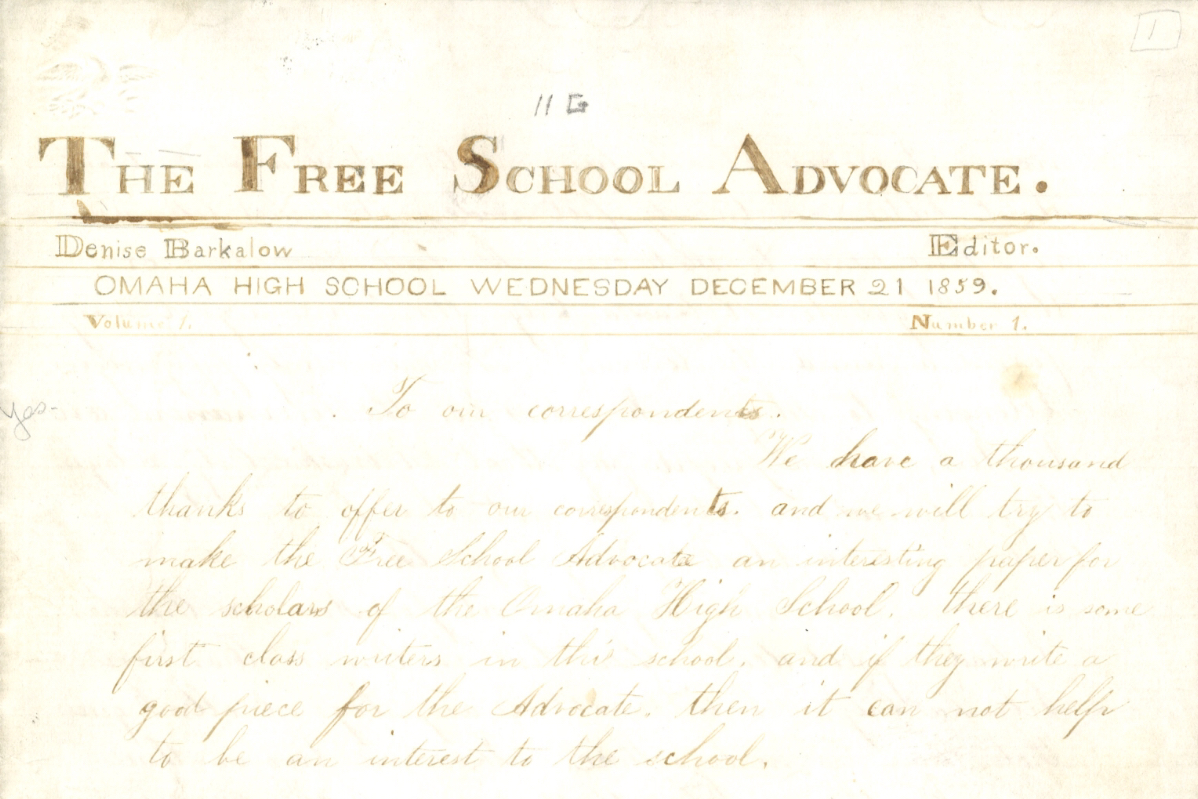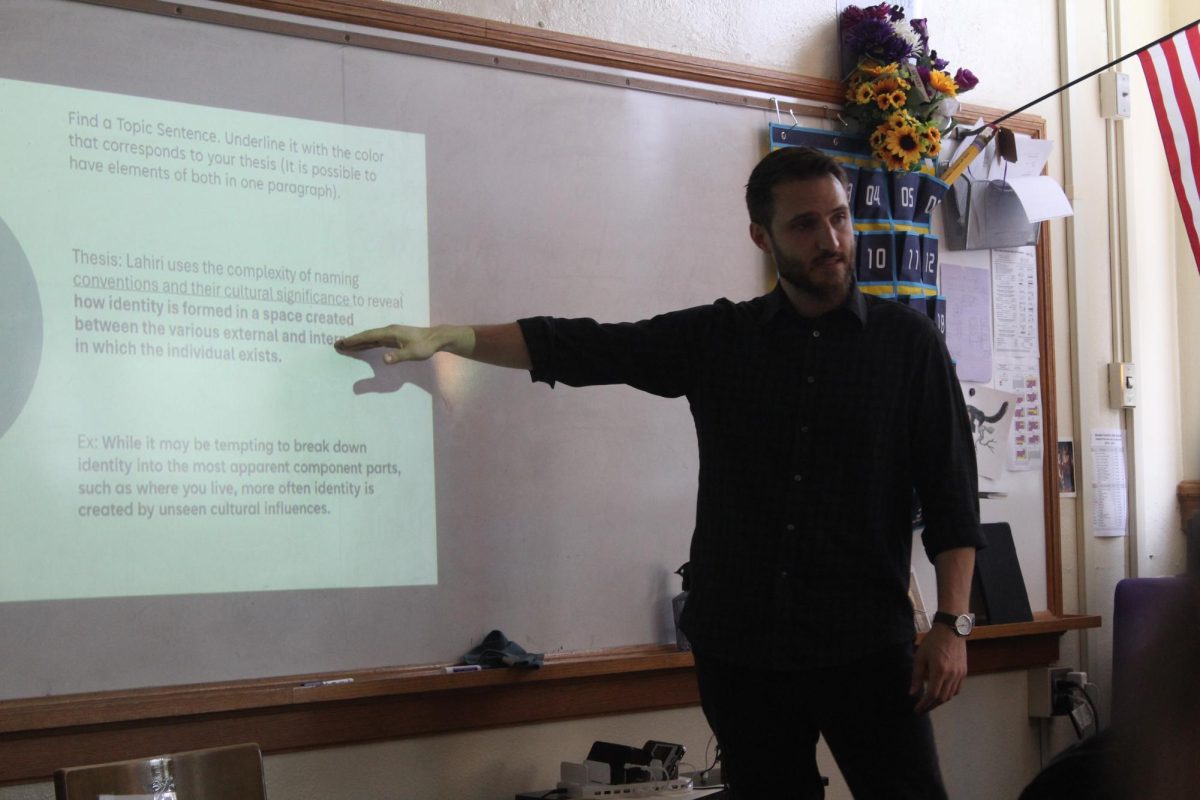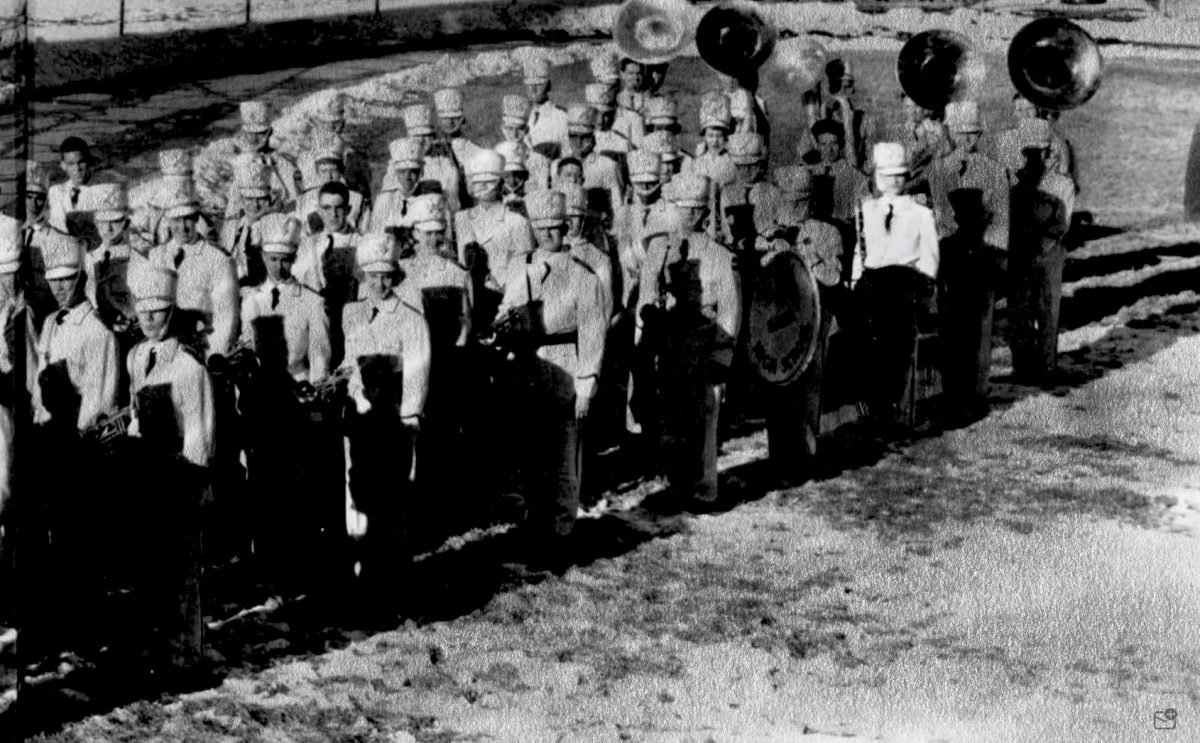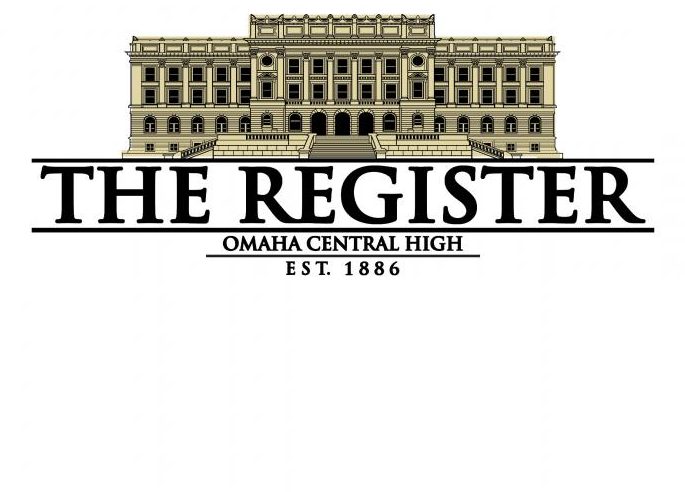The U.S. saw its first fatal midair aviation collision since 2009 on Jan. 29 of this year. An American Airlines jet flying from Wichita, Kansas, was expected to land at Washington D.C.’s Reagan National Airport. As the plane descended, it collided with a U.S. military Blackhawk helicopter, sending both aircrafts into the Potomac River. All 67 people on board both aircraft were killed.
This crash is one of 130 reported aviation accidents so far in 2025 as of March 24, according to the National Transportation Safety Board. There were zero commercial jet fatalities in the U.S. in 2024, raising alarms that the number has suddenly skyrocketed after just two full months of 2025.
Just a day after the accident in Washington, and just moments after offering his condolences and hosting a moment of silence, President Donald Trump blamed the crashes on diversity, equity and inclusion programs at the Federal Aviation Administration and former Transportation Secretary Pete Buttigieg, an openly gay man. These sentiments could not be further from the truth.
There has been no evidence presented to show that DEI programs have resulted in aviation crashes or even harmed the workplace at all. A study analyzing FAA data from 2010 to 2023 found no sustained increase in aviation incidents attributable to controller error following the implementation of DEI initiatives. DEI programs have been found to correlate with higher rates of job satisfaction and stronger team performance, according to a 2022 Harvard study.
While diversity initiatives have been baselessly blamed for aviation mishaps, it’s essential to scrutinize the broader workforce composition. Historically, the aviation industry has been predominantly staffed by individuals from non-diverse backgrounds. According to a 2023 Florida Tech University study, 92 percent of U.S. aircraft pilots are white and 93 percent are males.
The lack of diversity and the prevalence of non-DEI hiring practices have not prevented, and may have even contributed to, operational oversights leading to incidents. DEI initiatives don’t compromise safety and instead reveal the issue that a lack of diverse perspectives hinders comprehensive problem-solving and innovation in any situation or industry, including aviation.
Since DEI initiatives became common for U.S. airlines around 2021, the number of aviation incidents and fatalities due to these incidents has decreased. According to the NTSB, from 2022 to 2024 saw a decrease in total accidents by about 200 compared to 2016 to 2018. While the decrease is not directly correlated to DEI, it’s clear that there was not an increase.
As students at Central, arguably the most diverse high schools in Nebraska, we see every day how diversity leads to stronger collaboration, innovation and understanding. It’s frustrating to watch national leaders scapegoat inclusion efforts when the data and real-world experience show the opposite: representation matters. If young people from various backgrounds and upbringings aren’t included in spaces like aviation, the country will miss the chance to bring fresh perspectives that can strengthen safety, problem-solving and accountability.
The real reason these plane incidents are becoming more noticeable under a second Trump administration doesn’t trace back to DEI, but rather his own record.
Since taking office in January, the Trump administration has initiated mass layoffs targeting several hundred FAA employees, including those responsible for maintaining critical radar, landing systems, and navigational aids. These cuts were part of a broader directive by the Department of Government Efficiency, or DOGE, to reduce government spending.
Some of these layoffs occurred just weeks after the tragic collision over the Potomac, raising serious concerns about the administration’s commitment to aviation safety. Experts have criticized these cuts, emphasizing that support staff play vital roles in ensuring safe air travel and that their removal could jeopardize passenger safety. These cuts have been seen in real time, with a Delta flight arriving in Toronto from Minneapolis on Feb. 27 turning upside-down shortly after landing. Thankfully, no one was killed, but many suffered minor injuries.
Beyond staffing cuts, President Trump has consistently advocated for the privatization of the nation’s air traffic control system. In 2017, he proposed transferring ATC operations from the FAA to a nonprofit corporation, arguing that this move would enhance efficiency. Critics contended that such a shift could prioritize cost-cutting over safety and lead to reduced oversight. The bill died on arrival in the House of Representatives in 2018. The push for privatization, even though it wasn’t accomplished, coupled with budget cuts and layoffs, has strained the FAA’s resources, potentially compromising its ability to effectively oversee and manage the nation’s complex airspace.
Trump can sit around and continue believing that DEI is to blame for these incidents. But when the studies come back in the future that continue to show positive effects from diversity and tie Trump’s funding cuts and axing of these crucial programs to aviation incidents (deadly ones, especially), he will have blood on his hands.


















